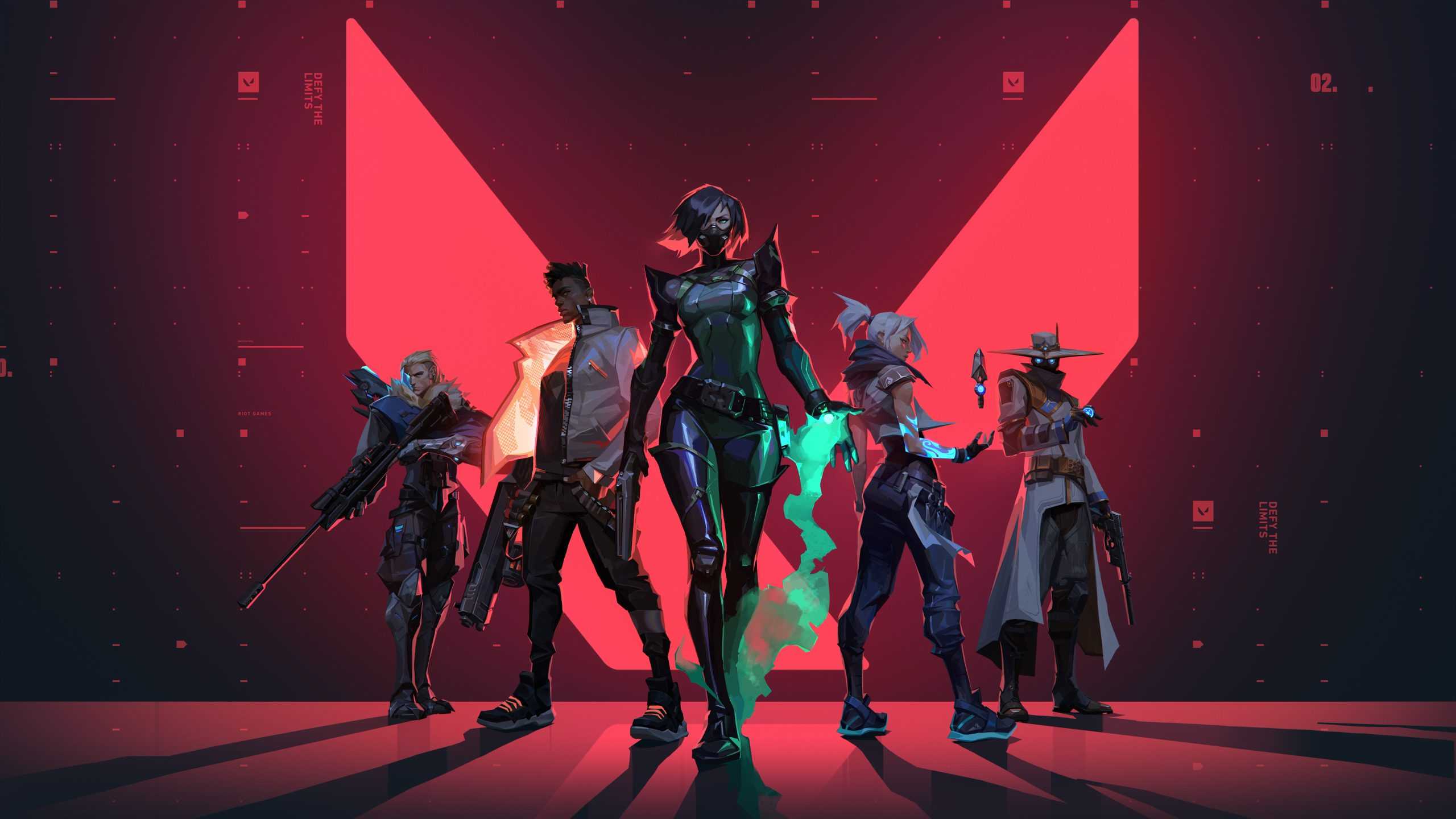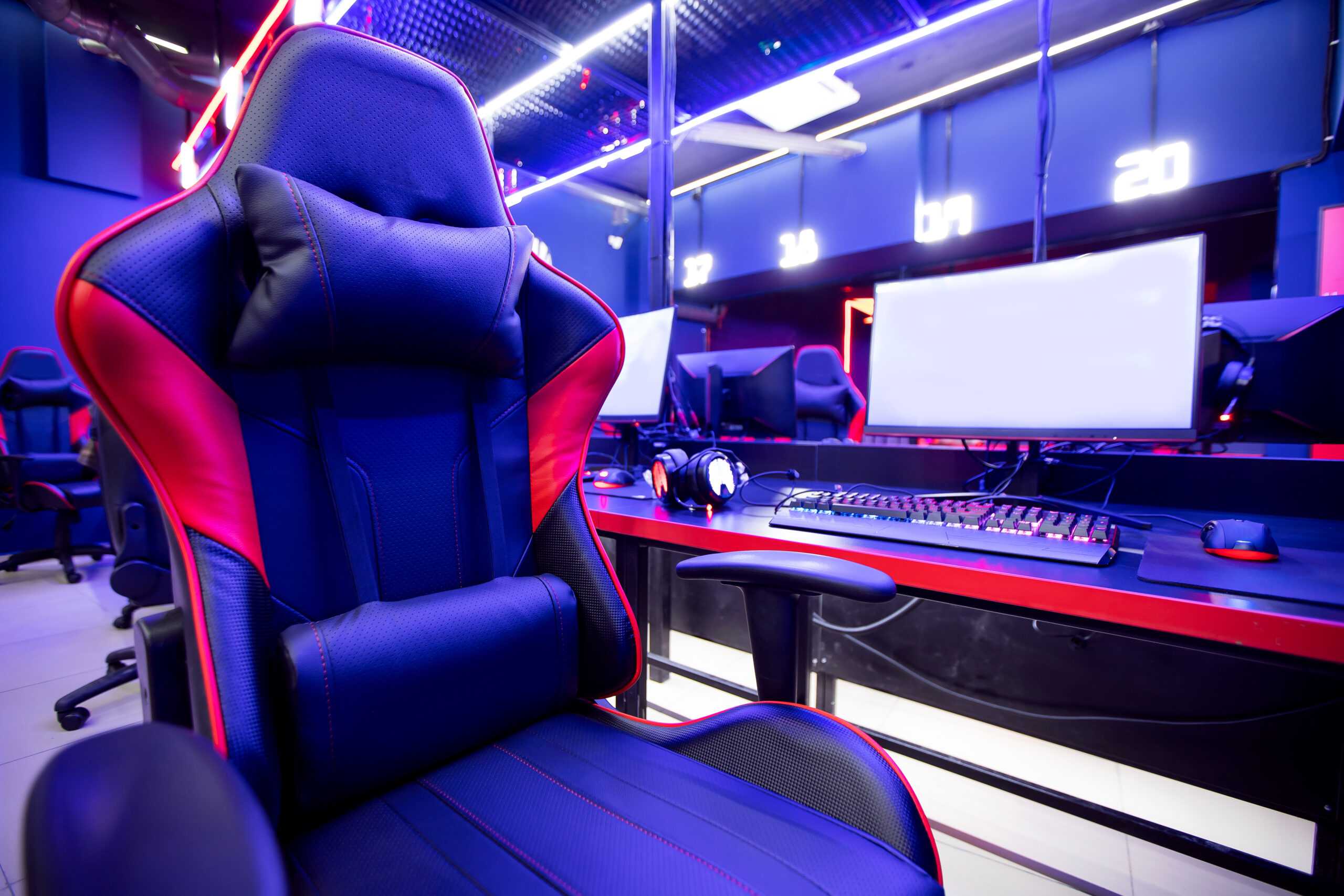While League of Legends remains the leading esport worldwide, Riot Games fully believes in the potential of its newer hero shooter title, Valorant. The game has not only attracted pros from other top esports like CS:GO, but it’s also been a title that Riot has leveraged to promote gender equity in esports with its VCT Game Changers initiative. Now, with 15 million monthly players, Riot sees an opportunity to borrow learnings from 10 years of LoL Esports and “build an ecosystem that will supercharge Valorant into the next great multigenerational esport.”
For 2023, Riot will be making significant changes to help realize that vision for Valorant esports. The publisher will be expanding the competitive scene with three regional leagues for the Americas, Europe, and Asia. In addition, the VCT Game Changers program will be adding more countries and regions in an effort to further bolster opportunities for women in the sector.
Moreover, Riot intends to introduce a long-term partnership model similar to LoL Esports but without any entry or franchise fee for participating teams. This is distinctly different from the hefty franchise fees required in LoL Esports, often costing teams tens of millions of dollars to secure a slot in one of the regional premiere leagues. As we’ve seen with Halo and other esports, publishers are beginning to place a greater emphasis on teams’ success, as they’re the lifeblood of a healthy esports ecosystem.
In 2023, partnered Valorant teams will be granted an annual stipend from Riot while also being allowed to collaborate with the developer on in-game events and branded products. Whalen Rozelle, head of esports operations at Riot, explained to The Washington Post, “Our aim is to free our partners to invest their resources in supporting their pros and growing their fanbases through creating incredible content for fans.”
Riot is also hopeful to foster more amateur success through Valorant – the company intends to launch a new competitive in-game mode to enable up-and-coming players to compete against teams in domestic leagues without these players being part of an officially partnered team.
While some companies make big changes out of a need to address a decline, Riot’s overhaul to Valorant esports comes from a position of strength. According to Interpret’s New Media Measure®, Valorant interest has continued to grow in recent quarters. Among esports and game-related video viewers in the US, people have been watching more tournaments, more non-tournament matches, and videos about Valorant in general – the latter saw 50% growth from Q3 to Q4 last year.






